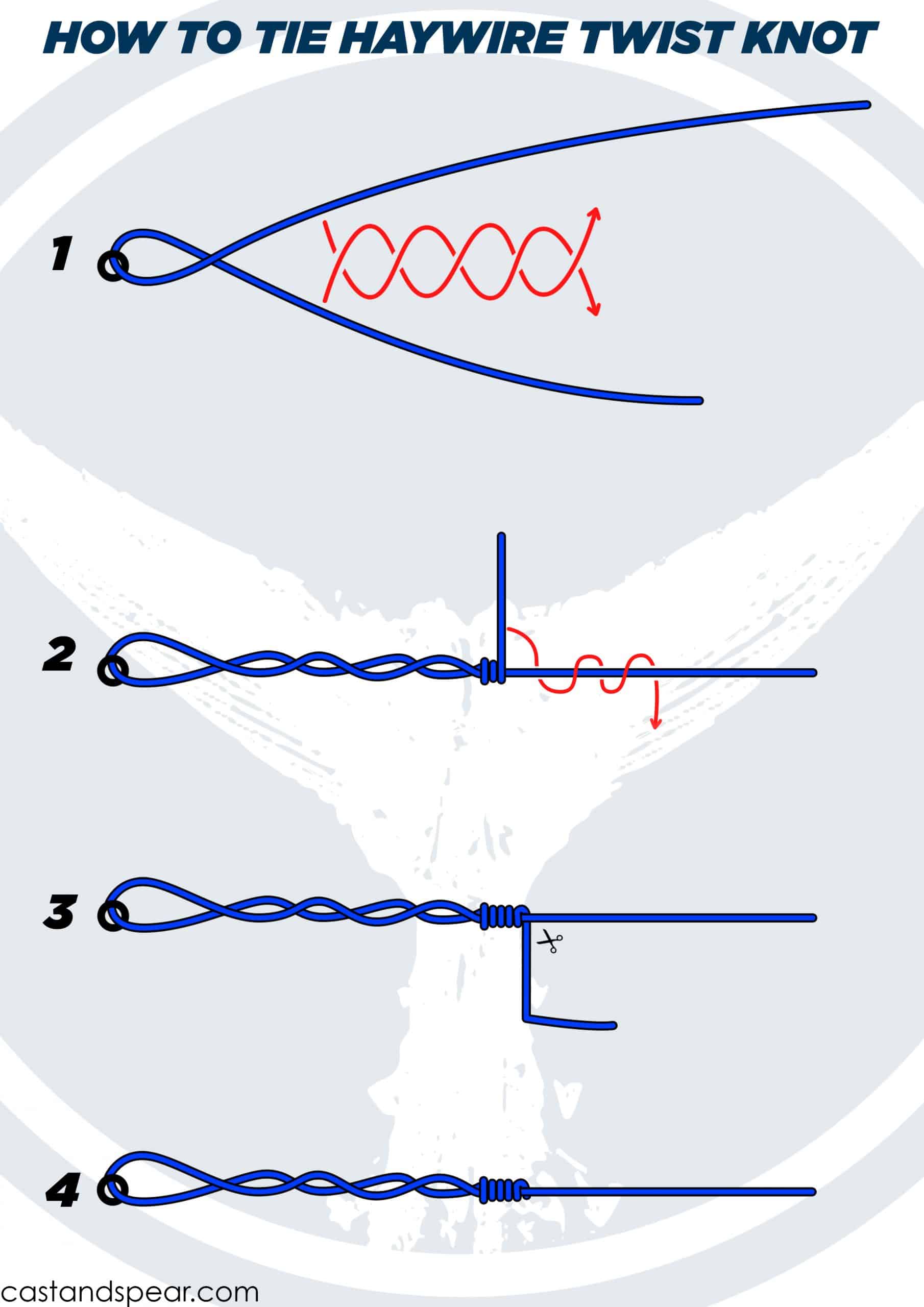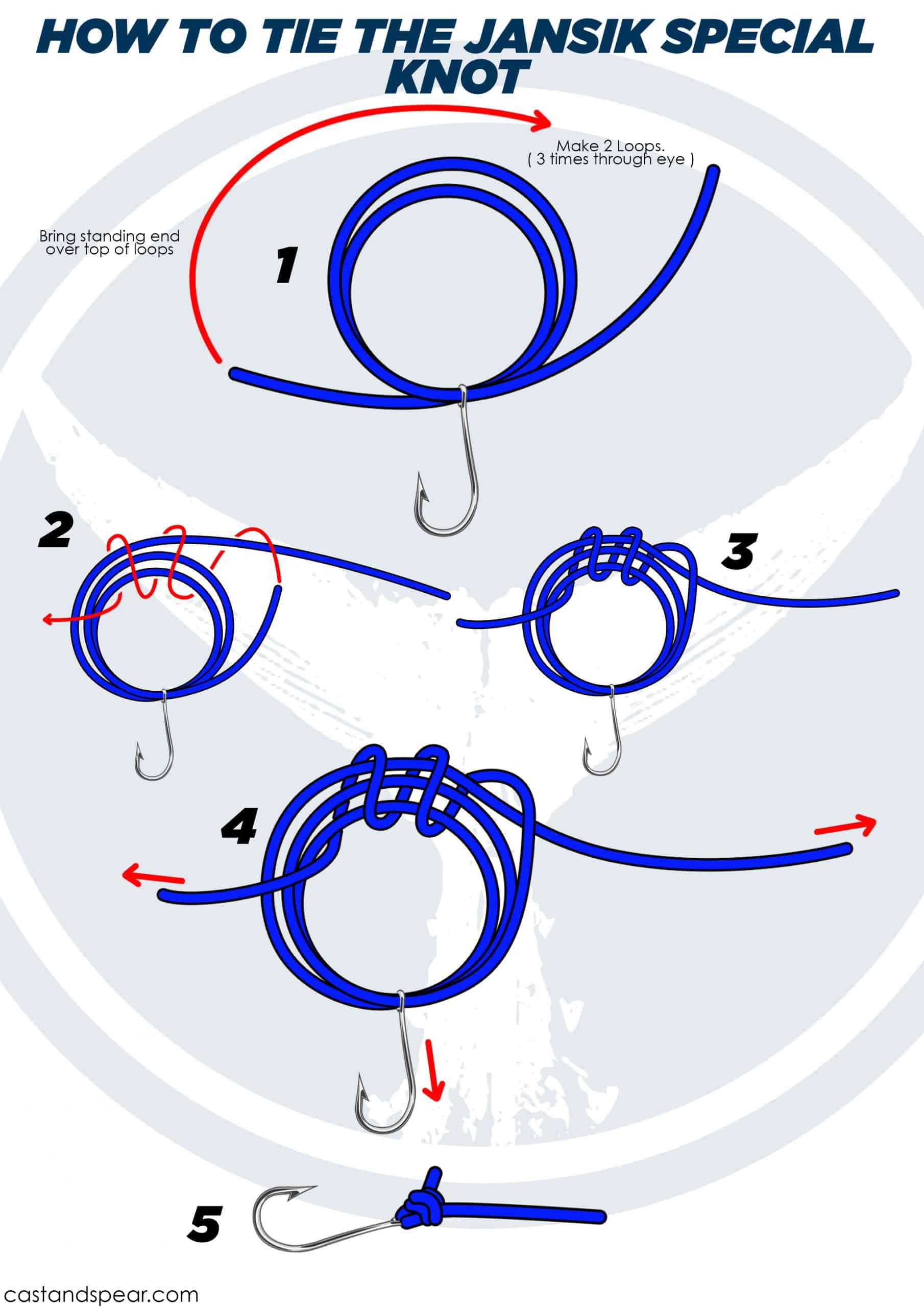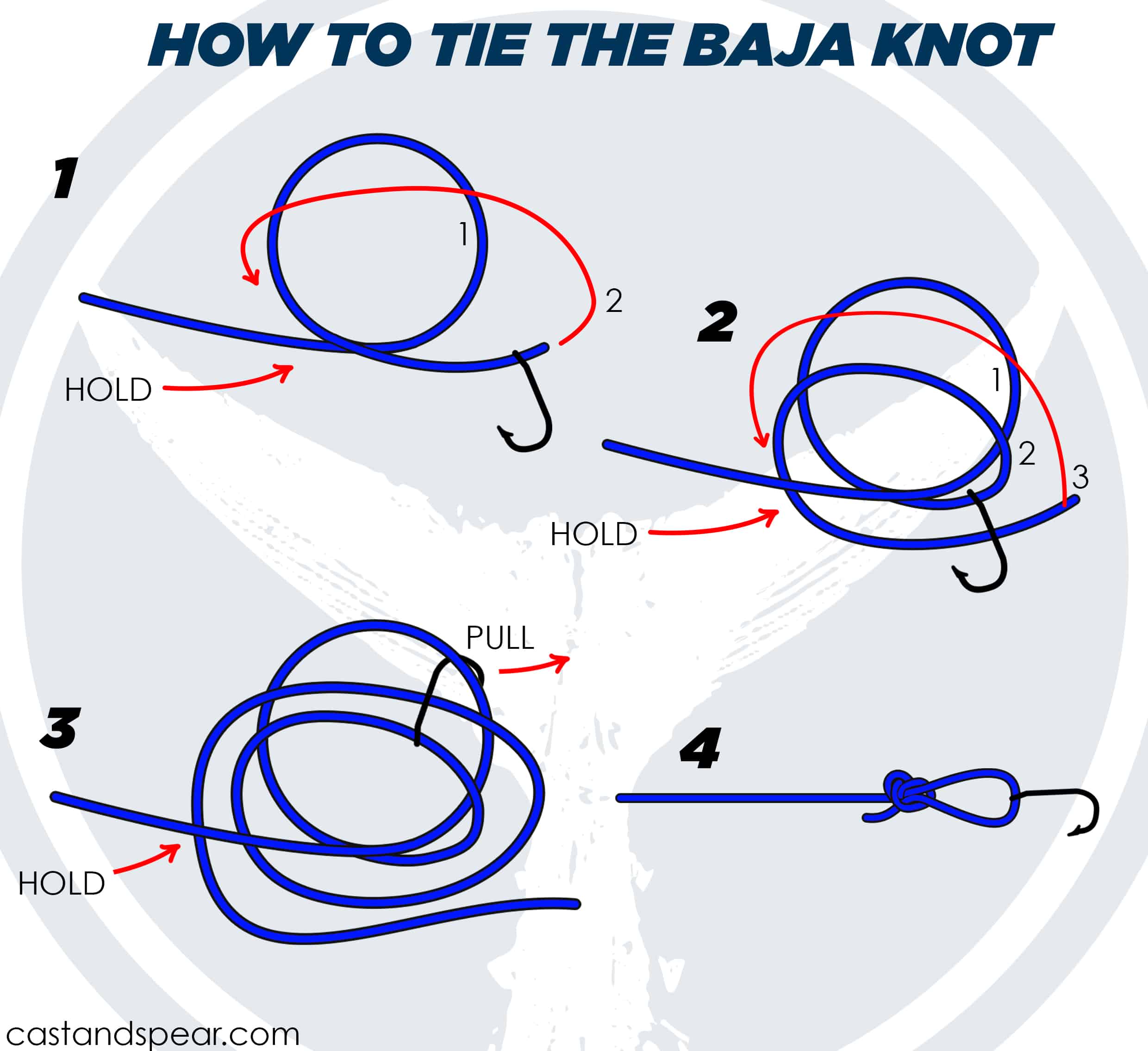Are you ready to learn one of the most important fishing knots? The Orvis Knot is a crucial technique for any avid angler since it is one of the strongest and most reliable connections you can make between your fly and tippet. In this article, we’ll provide a thorough tutorial on the Orvis Knot, with full directions, visual aids, and professional tips to assist you in perfecting this vital technique for your fishing expeditions.
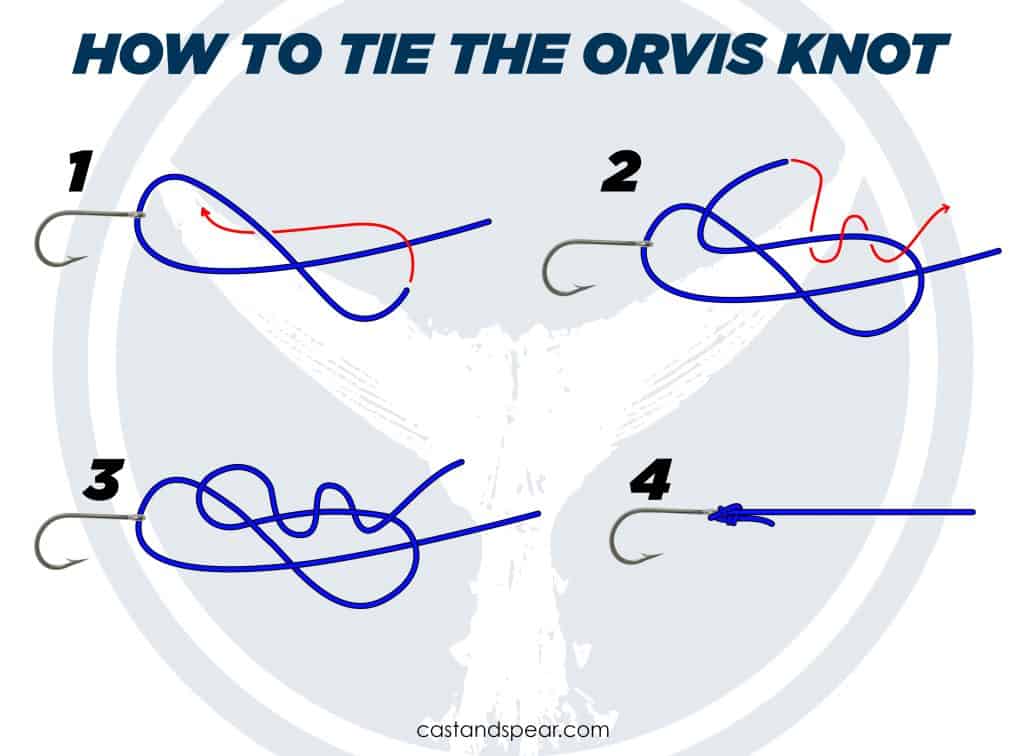
The Orvis Knot is a reliable alternative to the Improved Clinch. It’s robust, simple to tie, and quite dependable. It’s like having a superpower attached to your fishing line, ready to assist you in reeling in your big catch!
But why is this knot so important? Consider this. You’re standing by the river, your rod twitching, and you can tell there’s a huge one on the line. But wait! Your knot unravels, allowing the fish to escape. Nobody wants to hear that fish story! Knowing how to tie a strong Orvis Knot will save you a lot of misery and make your fishing trips more enjoyable.
In this article, we’ll be sharing how to tie the Orvis knot, including its advantages, origin, and alternatives.
Orvis Knot Tying Step-by-Step Instructions

- Feed your line through the eye of the hook.
- Wrap the tag end around the line to form a loop, then feed the tag end through that new loop.
- Wrap the tag end twice around the top side of the new loop.
- Pull the tag end to cinch down the knot about 80%, then moisten.
- Pull the tag end tight.
- Finally, pull the mainline until it sits on top of the eye of the hook.
The Orvis Knot At a Glance

Ever wondered how the Orvis Knot got its name?
It all began with a contest hosted by the well-known fishing retailer Orvis. The goal was to find the ideal knot for attaching a line to a hook.
Larry Becker rose to the occasion, inventing what is now known as the Orvis Knot. In his honor, it’s sometimes referred to as the Becker Knot. Isn’t it cool?
The Orvis Knot is notable for more than just winning a contest.
It is also significant in the realm of fly fishing. Consider attempting to tie a knot using a little tippet. Wouldn’t you want something small, light, and simple to remember?
This is where the Orvis Knot comes in. It works well with any tippet material and heavy and light lines. It’s also extremely strong, retaining nearly all of the line’s original breaking strain.
Orvis Knot Tying Tips
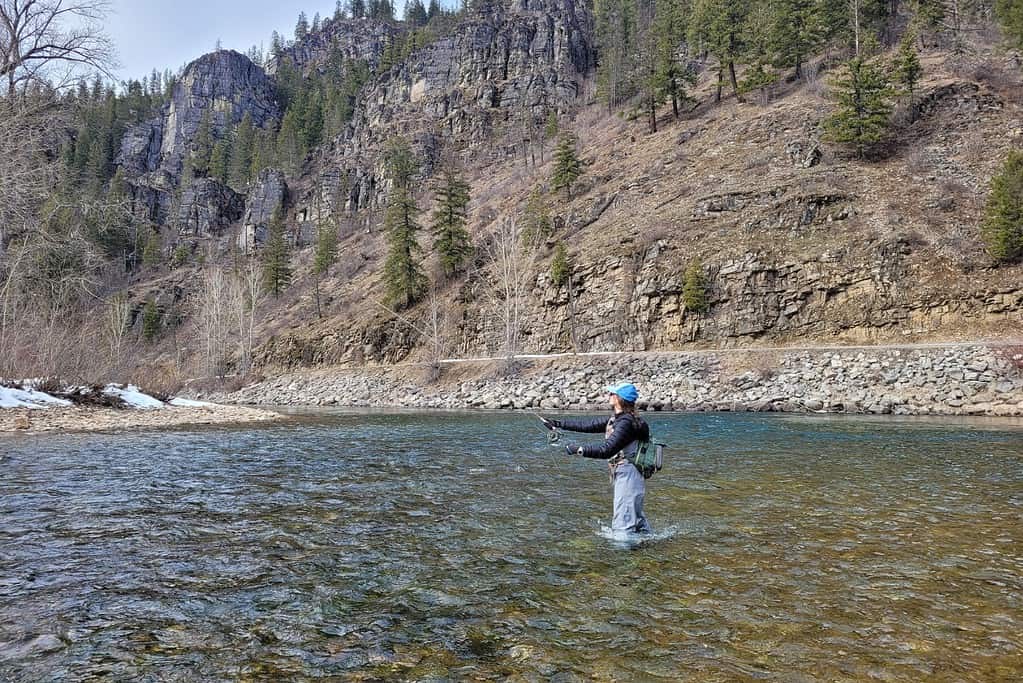
Here are some tips for tying the Orvis Knot.
Use a tool
Have you ever heard of a knot-tying tool? It’s like a handy little finger assistant! When it comes to constructing Orvis Knots, fly fishing knot tool like the Orvis Knot Tying Tool, in particular, is invaluable in helping you create your knot. With this tool in your arsenal, tying the knot is a piece of cake!
It’s comparable to the Improved Clinch
Another helpful tidbit – did you know that the Orvis Knots are kind of like cousins to the Improved Clinch? So, if you’ve got the Improved Clinch down pat, you’re already off to a great start with the Orvis Knot!
Before your final two wraps…
Here’s a clever tip for getting your Orvis Knots just perfect. Take a moment to inspect your knot before completing the final two wraps. If it looks like the number eight, you’re on the right track!
Practice…practice…practice
Finally, remember, practice makes perfect. With these tips in mind, you’re ready to master the Orvis Knot.
Orvis Knot Pros and Cons
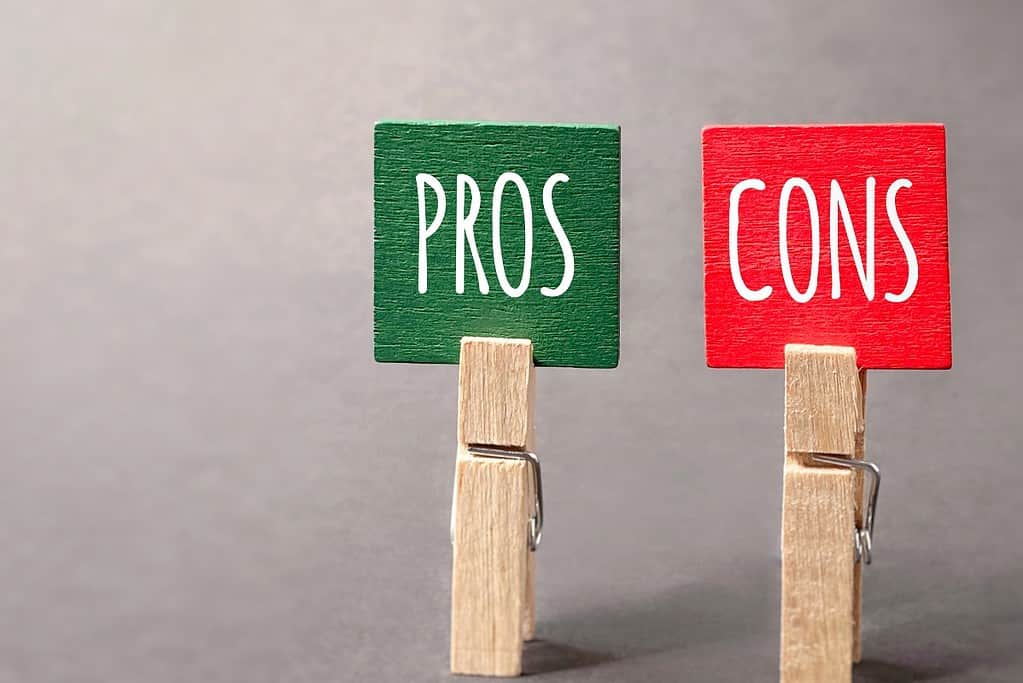
Let us consider its advantages and disadvantages.
Advantages
It’s simple and easy
When it comes to the good stuff, the Orvis Knot is like a faithful fishing companion. Are you the type who finds it tedious to wrap the tag end several times? Orvis Knot has you covered! It’s great if you don’t want to do the extra wraps that an Improved Clinch requires.
It’s strong
Don’t let its simplicity fool you. The Orvis Knot is as sturdy as they come. In fact, it’s even stronger than the Davy and Improved Clinch Knots, which are used for similar purposes. This makes the Orvis Knot a reliable choice when you’re aiming for a big catch.
Furthermore, it creates a strong connection between your tippet and fly. Consider it the strong link that connects your hopes of a good catch to the real delight of pulling in a fish. But keep in mind that every bridge has its limitations. While it’s ideal for a tippet to fly, it’s not ideal for a fly line to leader knot.
It cinches up tight
Have you ever lost a fish because your knot slipped? With the Orvis Knot, that worry is a thing of the past. Once tied, this knot cinches up tight, making line slipping virtually impossible.
Disadvantages
Can feel like a puzzle with several loops
When you’re dealing with several loops, tying the Orvis Knot can feel like a puzzle. Passing the tag end through them might be difficult, especially for beginners or in a hurry.
Sets up at an angle
One thing about the Orvis Knot is the way it tightens. When you’re cinching it up, it tends to set at an angle. This isn’t necessarily a deal-breaker, but it’s something to keep in mind, especially if you’re aiming for a straight-line connection.
Less effective with braid
The Orvis Knot shows off its strength best with mono lines. When it comes to braided lines, however, it’s not quite as strong. So, if you’re a fan of using braid, you might want to consider other knots that handle this type of line better.
Always remember. No knot is perfect for every scenario. Knowing the strengths and weaknesses of each knot, like the Orvis Knot, helps you choose the best tool for the task at hand.
Orvis Knot Uses
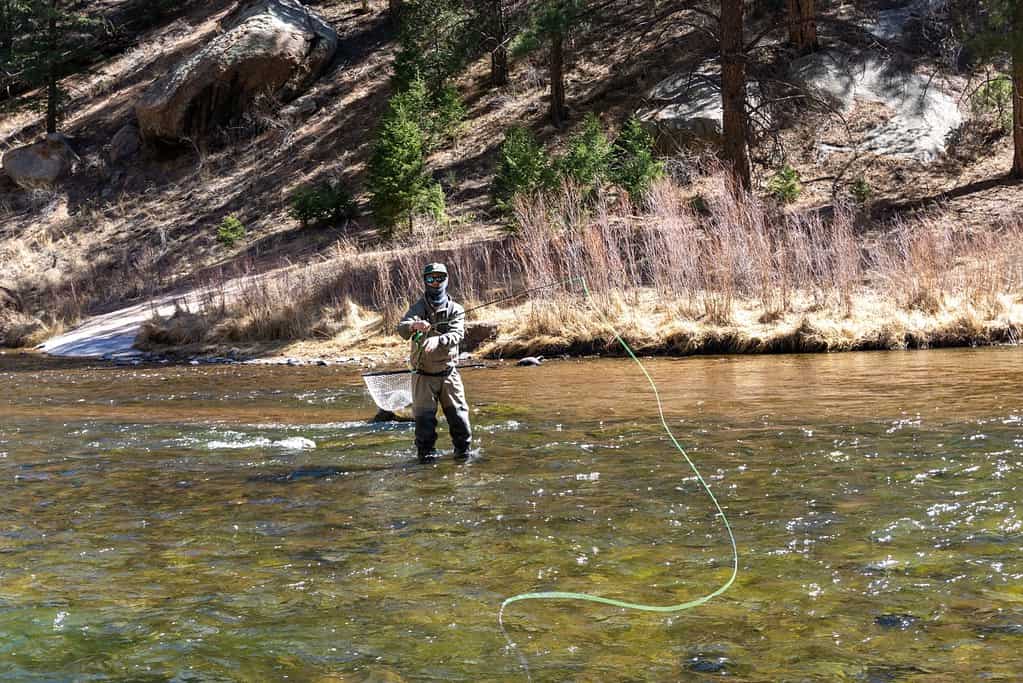
Here are some of its common uses:
- Fly Fishing: The Orvis Knot really shines in the world of fly fishing. It creates a strong, reliable connection between your tippet and fly, which is just what you need when you’re casting those flies out on the water.
- Connecting Leader Line to Swivel: Need a solid knot to connect your leader line to a swivel? Look no further! The Orvis Knot is a great choice for this, too. It’ll help ensure that your line doesn’t twist up while you’re reeling in your catch.
- Fishing With a Spinning Tackle: You can also use the Orvis Knot when you’re fishing with a spinning tackle, and you need to connect your swivel to a line or connect your hook/lure to a line.
- Hooking Up Mono/Fluorocarbon to Hook or Lure: The Orvis Knot isn’t just for fly fishing. You can also use it to connect mono or fluorocarbon lines to a hook or lure. It cinches up tight, providing a secure connection that won’t let you down.
Orvis Knot Alternatives
Frequently Asked Questions
When tied correctly, the Orvis Knot is a strong fly fishing knot. It’s comparable to the Improved Clinch but is a bit smaller in size.
For secure loop knots, we like the Perfection Loop, and for terminal tackle, the Improved Clinch works well.
We like a secure Loop-to-Loop knot connection. It’s popular in fly fishing.
While the Orvis Knot may seem a little tricky at first, especially with multiple loops, it becomes easier with practice. Plus, you can use tools like the Orvis Knot Tying Tool to make the process simpler.
The Orvis Knot is one of the strongest fishing knots. It maintains almost all of the line’s original breaking strain, making it very reliable when you’re reeling in a catch.




 Facebook
Facebook YouTube
YouTube